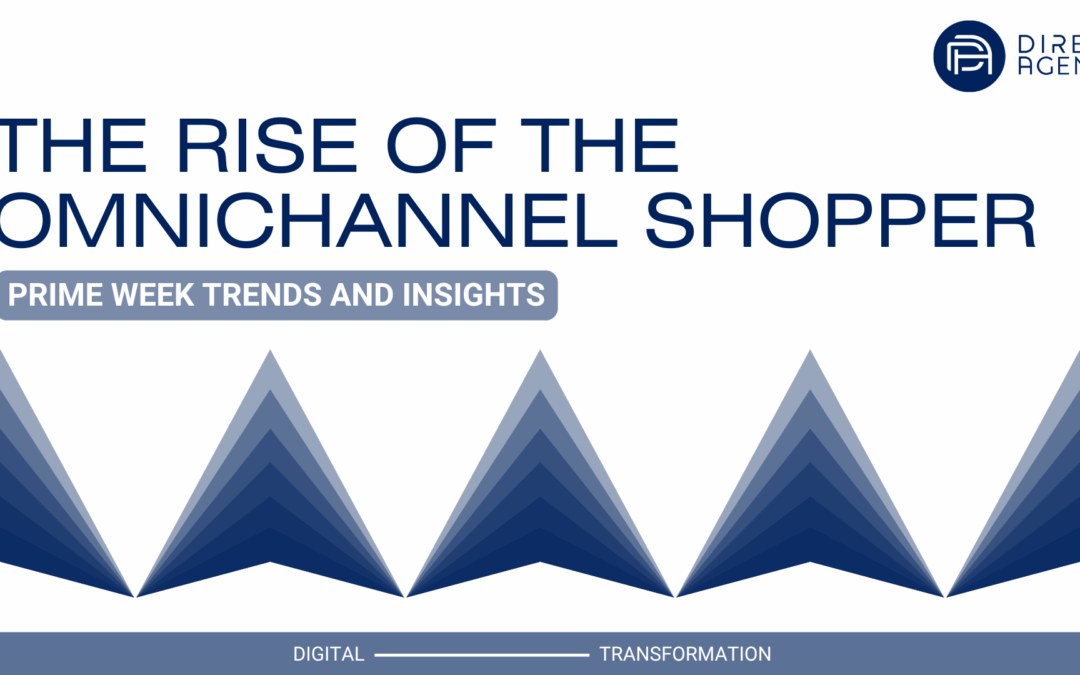Prime Day 2025 demonstrated that mid-July shopping is no longer just a brief two-day event but has evolved into a full-blown omnichannel experience. U.S. consumers spent over $24.1 billion online, up more than 30% from the previous year, and 63% of households placed multiple orders, averaging $156 in spending. Shoppers didn’t stick to just one platform either, with over half comparing deals across Amazon, Walmart, and Target before making a purchase. Even with all the deal-hopping, 67% still said they were highly satisfied with their experience, proving that convenience and competition can go hand in hand.
More Than Just Deals
Shoppers leaned into both impulse buys and strategic splurges. Items under $20 accounted for 35 percent of all orders, which is ideal for everyday essentials, while 32 percent of carts included at least one product over $100. The average order value settled at $57.12, down marginally from last year, signaling a blend of cost-conscious and premium purchasing. Category-level insights show apparel & shoes and household essentials each purchased by 30 percent of buyers, followed closely by home goods at 27% and health & wellness at 26%. Electronics and appliances, meanwhile, surged between 112 percent and 185 percent year-over-year as shoppers stocked up for back-to-school and home improvements.
Multi-Retailer is the New Norm
Prime Week no longer belongs exclusively to Amazon. Nearly 49% of Prime Day shoppers also browsed Walmart Deals, and 35% checked Target Circle Week before clicking “buy.” This “baseline-and-validate” behavior means that parallel sale events dilute share if brands don’t coordinate messaging and pricing across all platforms. As competing promotions, from TikTok’s Deals for You Days to extended Walmart windows, overlap, brands must ensure their offers stand out in each retailer’s ecosystem.
Shopper Profiles: Who’s Driving Spend
The typical Prime Week shopper is a high-income suburban female aged 45-64, with nearly 90% having participated in Prime Day before. Income skews to the middle at around 40% and high bracket (> $80 K), and geographic spread tilts 42% suburban, then 21% urban, and rural at 27%. More than 50% of buyers said they purchased items they’d been waiting to buy on sale, highlighting Prime Week’s role as a strategic stock-up moment.
What Worked for Our Clients
- Pre-Prime Paid Activation: We kicked off targeted paid campaigns a full week before Prime Day, giving our clients an early visibility boost in organic rankings and ensuring they entered the event with strong momentum
- “Striking Distance” Keyword Focus: By zeroing in on keywords where our products already ranked in striking distance of page one, we pushed them into the top slots, driving stronger visibility and higher hero-SKU conversion rates.
- AMC-Powered Audience Expansion: Leveraging Amazon Marketing Cloud, we built custom segments, like recent detail-page viewers who hadn’t yet purchased and high-potential top spenders, and targeted them across both Sponsored Ads and DSP. This approach generated true incremental growth without inflating overall budgets.
- AI-Driven Bid Optimization: Our Kanopy AI engine continuously reallocated spend toward the highest-value audiences, improving bid efficiency, protecting margin, and freeing up budget to reinvest in high-priority segments
Bringing It All Together
Prime Week rewards brands who prepare early and activate everywhere. It is no longer a passive calendar event, and is a dynamic, multi-retailer competition where success depends on strategic planning and decisive execution. Each of these tactics extends our original playbook to seed momentum early, sharpen relevance at scale, and ensure every dollar of media drives both immediate sales and sustainable growth.
Success during key retail moments, such as Prime Week, requires more than platform-specific tactics. It demands a unified, data-driven approach across marketplaces, media, and messaging. Direct Agents partners with brands to build and execute scalable strategies that drive performance across the full commerce ecosystem.
Contact [email protected] to learn how we can help you prepare for what’s next.
Nicholas Galante, VP of eCommerce, Direct Agents
Sources:
https://www.numerator.com/prime-day
https://www.barrons.com/articles/amazon-prime-day-sales-figures-71bc9a3e

